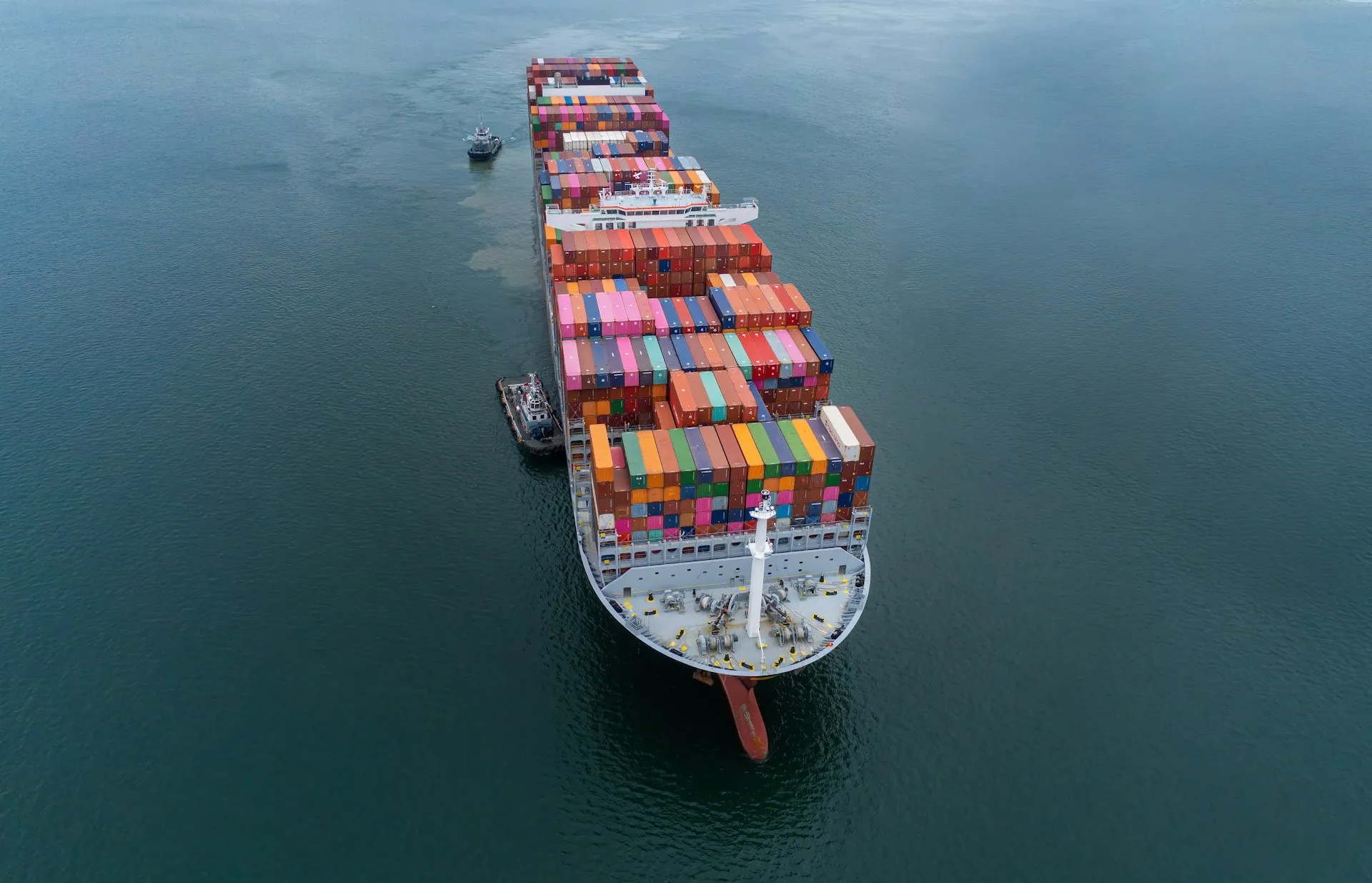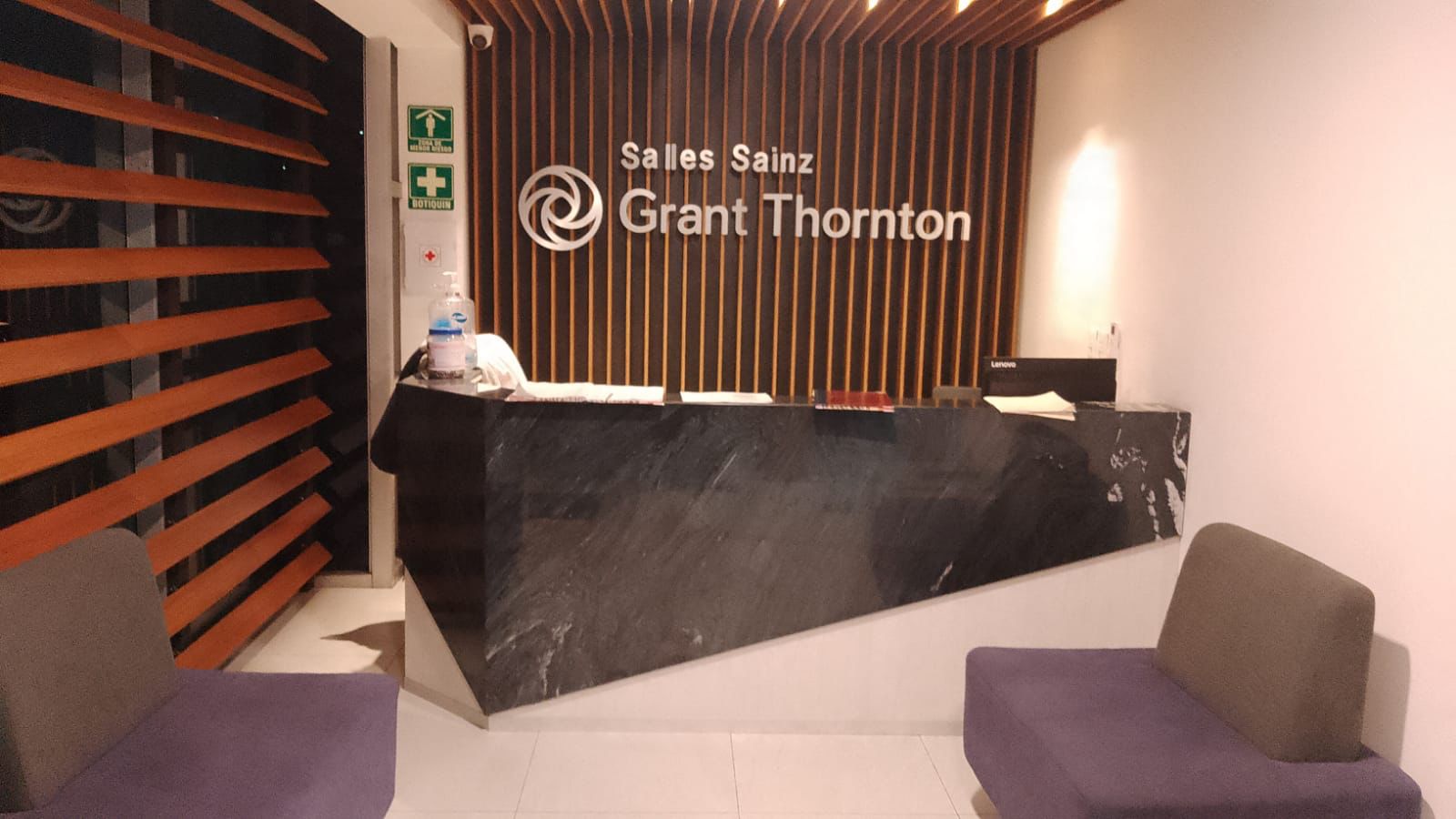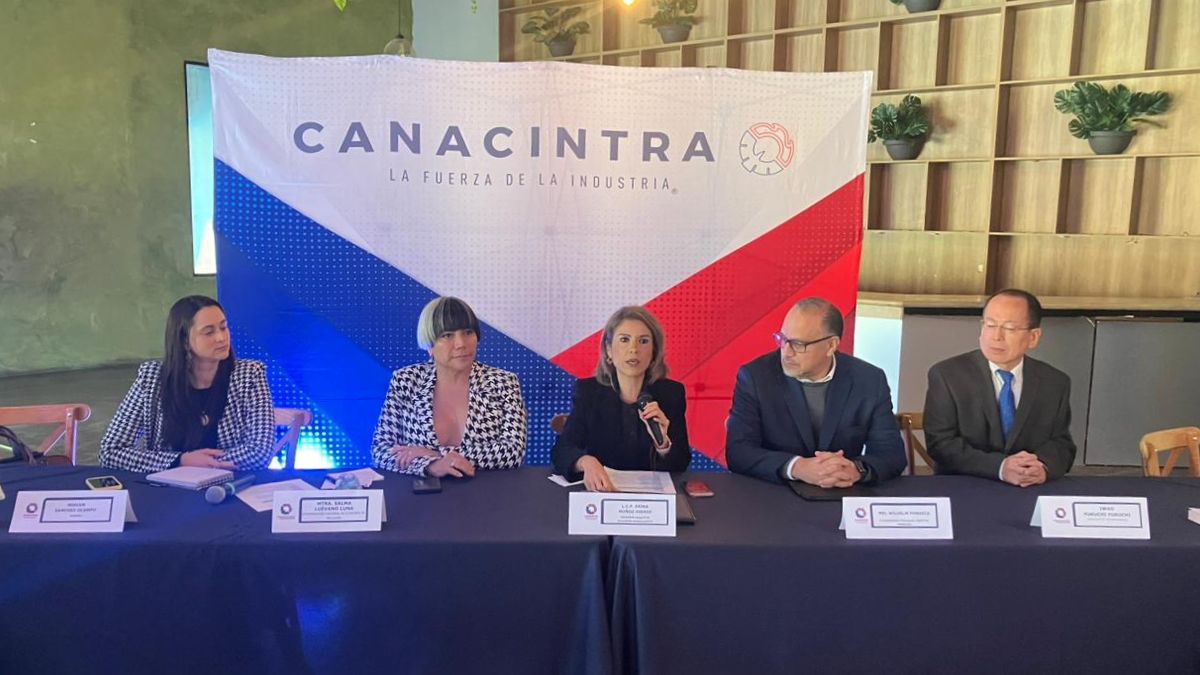Asia/pacific Container Market

Explore the latest developments in asia/pacific container market and their impact on business transformation and innovation.
By: Pablo Cuevas There is no doubt that if you are involved in international logistics, particularly in the Asia/Pacific (APAC) market, and from Mexico, you will realize that it is the largest, most dynamic, and, above all, the most challenging container market in the world.
Mainly driven by China, as the largest global exporter, there are also other key countries within this dynamism such as India, South Korea, and Japan. On this side of the world, are the United States (USA), as the main destination of this market, and Latin America, as an important strategic trading partner, where Mexico actively participates.
If you are an importer/exporter, and you participate in this market, it is important to note that there are some factors that determine the behavior of the market in terms of rates, costs and service:
Supply and Demand
The availability of equipment, the offering of new routes or reduction of existing ones, and the consolidation of services, through purchases or mergers between shipping companies.
Container Production
More than 90% of the world’s container production takes place in China and there is a reduction in new manufacturing orders since 2023 due to lower demand and excess of existing containers.
Geopolitical and Commercial Tensions
China–USA, conflict in the South China Sea, USA tariff policies with the rest of the world. Conflict in the Middle East, among others.
Important Statistical Data
You should consider some statistical data in your container movement projections, which may be important:
- In January 2024, the **China–Mexico container flow (TEU)** jumped 60%, from 73,000 to 117,000 TEU, consolidating itself as one of the fastest growing routes globally.
- Between January and April 2024, Mexican ports (Manzanillo, Lázaro Cárdenas, Veracruz, Altamira) moved **2.95 million TEU**, an increase of 18% compared to the previous year.
- March 2025: the **tariff war weakened demand**, bringing rates down to 1,668 dollars/FEU, -30% monthly —the lowest level since January 2024.
- In April 2025, seven Asian shipping companies —including Sinotrans, MSC, TS Lines and others— launched a weekly service with **a capacity of approximately 15,000 TEU**, connecting Shanghai, Qingdao, Busan and Manzanillo with transit times between 21 and 25 days.
- Expansion of the port of Manzanillo underway, to **reach a capacity of 10 million TEU by 2030**. In 2024 it already moved close to 4 million TEU.
Implications and Recommendations for Container Operation
Finally, we share some implications and recommendations for your container operation in Asia/Pacific:
- **High rates and volatility:** Importers face costs that ranged between 1,600 and 7,600/FEU in the last year, depending on demand, capacity and events (*blank sailings*, tariffs). Advance planning is key.
- **Sustained growth of Asia-Mexico flow:** driven by US tariff bans and industrial nearshoring.
- **Robust but saturated infrastructure:** ports such as Manzanillo and Lázaro Cárdenas are expanding capacity, but episodes of congestion continue to generate delays.
- **Most important shipping companies with services to Mexico:** Maersk, COSCO, Evergreen, Hapag-Lloyd, ONE.
- **Strategic ports in the East:** Shanghai, Singapore, Busan and Hong Kong.
Actively participating in the international logistics of the Asia/Pacific container market will bring important challenges in the future for companies in Mexico. Having a strategic ally that can support in the best decisions for your company, can offer you competitive advantages in time and costs.
More Articles

Salles Sainz Grant Thornton: Leadership that Transforms the Client Experience
Dec 1, 2025

The Career of Alejandro Gertz Manero, Attorney General of Mexico
Nov 27, 2025

Vehicle Production and Export in Mexico: How is BMW Performing in 2025?
Nov 7, 2025

Mezquital: Where Signature Cuisine Honors Memory at Sarmiento Winery
Nov 21, 2025

What Benefits Will CANACINTRA's Productive Supply Chain Committee Bring to Aguascalientes Industry?
Nov 7, 2025

Will Nuevo León's Green Data Center Utilize NVIDIA Technology?
Nov 13, 2025
